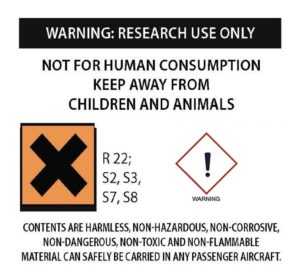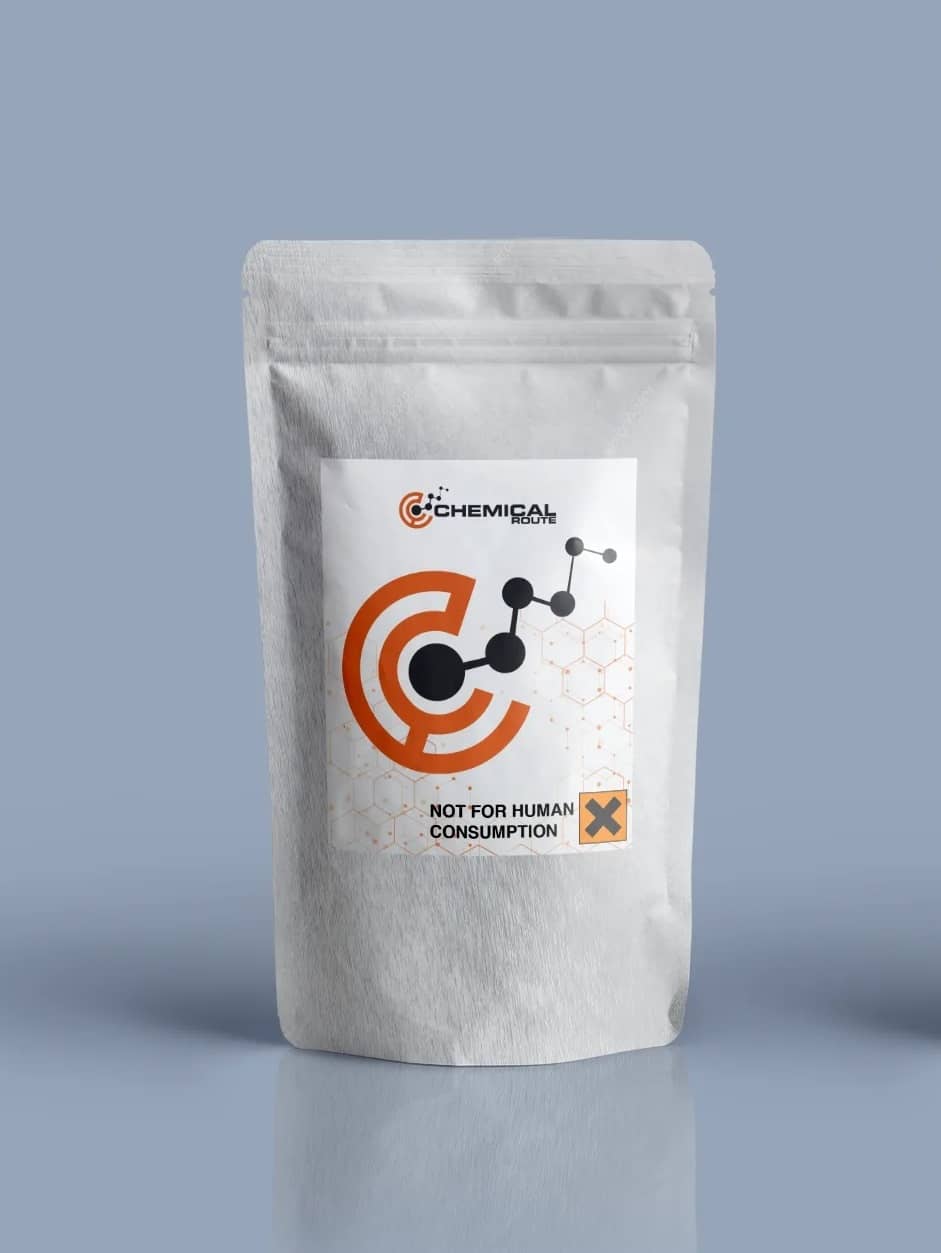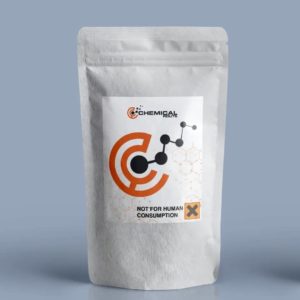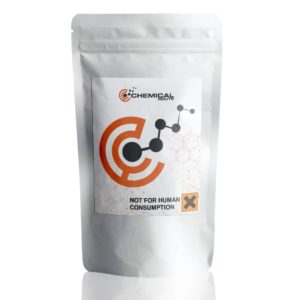Description
4-Methylamphetamine
Product information
IUPAC-name 1-(4-methylphenyl)propan-2-amine
Synonyms 4-MA, p-Methylamphetamine, para-Methylamphetamine, PAL-313, Aptrol, p-TAP
Formal name α,4-dimethyl-
Cas number 22683-78-9
Formula C10H15N
Molar Mass 149.237 g·mol−1
Purity 98.0 % min.
Formulation Powder
Solubility
- DMF: 30 mg/mL
- DMSO: 30 mg/mL
- Ethanol: 20 mg/mL
- PBS (pH 7.2): 10 mg/mL
4-MA, also known as p-Methylamphetamine, para-Methylamphetamine is considered a stimulant compound under the amphetamine and phenethylamine class. It is an anorectic stimulant.
It is a psychostimulant that acts on norepinephrine, dopamine, and serotonin transporters in the brain, resulting in heightened extracellular levels of these neurotransmitters. The substance has been detected in street samples from all over the world, and is primarily used for forensic purposes and research.
This synthetically manufactured substance was originally developed as an appetite suppressant, but was discontinued due to negative side effects. It resurfaced as a psychoactive substance in Europe and was found in 11.5% of speed samples in the Netherlands. While it has a similar potency to amphetamine, it is slightly more potent than the latter. It is a 5-HT1A receptor agonist, and induces hypothermia in rats.
4-MA follows up on norepinephrine (NE), dopamine (DA), and serotonin (5-HT) carriers to increment extracellular levels of these synapses. In vitro, the potencies of 4-MA for NE and DA discharge are like those of D-amphetamine with EC50 upsides of 22.2 and 7.2 nM for NE and 44.1 and 8.0 nM for DA, respectively.1 4-MA is more intense than D-amphetamine at delivering serotonin (EC50s = 53.4 and 1,756 nM, separately). In rodents, 4-MA goes about as an agonist at 5-HT1A receptors and initiates hypothermia.
The toxicological and physiological properties of this compound has not been analyzed. Usage of this Chemical should be for research and forensic purposes only.
WARNING This product is not for human or veterinary use.

This product is only available to persons of 21 years old and above.
Hazard statement(s)
| H302 | Harmful if swallowed |
| H315 | Causes skin irritation |
| H319 | Causes serious eye irritation |
| H332 | Harmful if inhaled |
| H335 | cause respiratory irritation |
| H336 | cause drowsiness or dizziness |
| Precautionary statement(s) | |
| P264 | Wash hands thoroughly after handling |
| P280 | protective gloves/protective clothing/eye protection/face protection |
| P305 + P351 + P338 | IF IN EYES: Rinse cautiously with for several minutes. Remove contact lenses, if present and easy to do. Continue rinsing. |
| P337 + P313 | If eye irritation persists: Get medical advice/attention |
| P261 | Avoid breathing dust/ fume/ gas/ mist/ vapors/ spray |
| P271 | Use only outdoors or in a well-ventilated area |
| P304 + P340 | IF INHALED: Remove victim to fresh air and keep at rest in a position comfortable for breathing |
| P312 | Call a POISON CENTER or doctor/physician if you feel unwell |
| P403 + P233 | Store in a well-ventilated place. Keep container tightly closed |
| P405 | Store locked up |
| P501 | Dispose of contents/container to a licensed disposal company |





Reviews
There are no reviews yet.